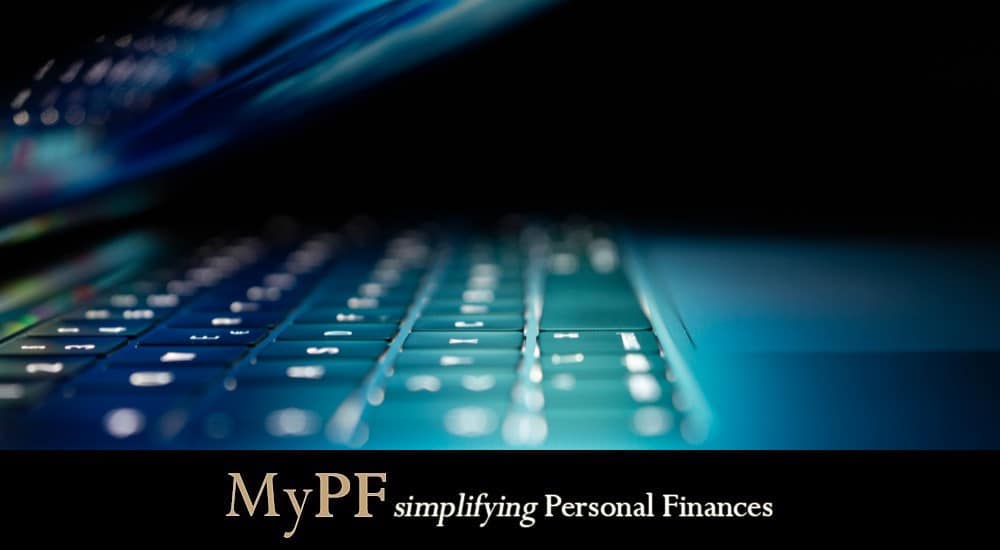The weakest chain in the cybersecurity link is always the human factor, making social engineering the most common type of method exploited in a threat.
The technique of protecting networks, computers, servers, mobile devices, electronic systems, and data from hostile intrusions is known as cybersecurity. It is often referred to as electronic information security or information technology security.
Cybersecurity can be broken down into a few basic categories and is used in the risk management of a wide range of applications, including business and mobile computing.
The amount of data breaches each year is increasing as the worldwide cyber threat develops quickly. According to a survey from RiskBased Security, data breaches have exposed an astonishing 7.9 billion records in just the first nine months of 2019. This number is more than twice (112%) as many records as were revealed during the same period in 2018.
Most breaches happened in the medical industry, retail, and public sector, with malicious criminals being most typically to blame. Because they gather financial and medical data, some of these industries are more interesting to cybercriminals than others, but any firms that use networks might be the target of customer data theft, corporate espionage, or customer attacks.
Real-time malware detection is a major emphasis of electronic security procedures. The behavior of a program and its code is frequently monitored using heuristic and behavioral analysis to combat infections or Trojans that alter their appearance with each execution (polymorphic and metamorphic malware). Security software can isolate potentially harmful programs from the user’s network to study their behavior and improve their ability to spot fresh infections.
Here are some of the cybersecurity threats that are most common right now.
Contents
#1. Malware
Financial services companies responded to ransomware/malware events in 2021 with average response costs of over $2 million. This sum accounts for both the actual ransom payments and the expenses brought on by the interruptions they caused.
Financial companies amass a lot of data on their customers, partners, and staff. Financial services companies are prime targets for double-extortion assaults because of their sensitive data.
In these attacks, the bad guys take data first, then encrypt crucial systems. They then use the threat of its release to coerce the business into paying a ransom. The possibility of receiving a large reward is increased by this dual extortion method. Because the revelation of stolen data could destroy consumer confidence in their brands and seriously harm their reputations, business owners might be more willing to pay the ransom.
Malware-infected end-user devices, such as computers and smartphones, put your bank’s online security at risk every time they connect to your network. Sensitive data travels across this connection, and without adequate security, malware on the end-user device could attack the networks of your bank.
Digital asset management and security is a difficult task. In addition to being incredibly complex, most existing systems are also evolving quickly, placing pressure on businesses to stay updated with the appropriate monitoring and management technologies and standards.
Even the most seasoned professionals need ongoing training to stay abreast of the most recent technological developments and systems in use, as well as to stay one step ahead of emerging risks.
#2. Unencrypted Data
This is a very fundamental but essential aspect of effective cybersecurity. If your data is encrypted, even if it is taken by hackers, they will not be able to use it right away. If the data is not encrypted, hackers will be able to use it right away, which will cause major issues for your financial institution.
Often times, the vulnerable point might not come from the end user but from vendors or suppliers that might take the end users data to provide services.
To provide their customers with better service, many banks and financial institutions use third-party services from other suppliers. Your bank might suffer, though, if those third-party contractors don’t have strong cybersecurity protocols in place. Before implementing their solutions, it’s crucial to consider how you can defend against security dangers imposed by third parties. It is everyone’s responsibility, and this is what makes good data security difficult to attain.
#3. Manipulated Or Stolen Data
Data manipulation is not limited to banks. Likely all businesses and individuals are susceptible to the danger. A data manipulator might, in the context of a bank, do something as straightforward as altering the volume of deposits to increase the amount of money in an account.
In other situations, an individual might increase a credit card’s limitations or remove transactions to reduce the balance. The impacts are wide-ranging and elusive.
Access restrictions are the first line of defense. You need to restrict access to data. Ideally, there should be a range of access levels, according to each person’s level of responsibility inside the organization. This lessens the likelihood of internal data tampering, while also reducing the number of entry points hackers can use to access your system and alter the data inside.
Bear in mind that privileged individuals like your management team, loan officers, and anybody else with high-level access are prime targets for hackers.
#4. Spoofing
Spoofing is a disruptive algorithmic trading technique that traders use to outperform other traders and manipulate markets. To create the appearance of demand and supply for the traded asset, spoofers pretend to be interested in trading futures, stocks, and other items on the financial markets.
In an order-driven market, spoofers place a sizable number of limit orders on one side of the limit order book to give the impression that the asset is under pressure to be sold (limit orders are put on the book’s offer side) or bought (limit orders are posted on the book’s bid side).
Because the market interprets the one-sided pressure in the limit order book as a movement in the number of investors who want to buy or sell the asset, spoofing could cause prices to alter, either up (more buyers than sellers) or down (more sellers than buyers).
Spoofers make offers or bids just to cancel before the orders are fulfilled. The buzz surrounding the buy or sell orders is meant to draw other traders and cause a certain market reaction. The spoofer, who can time buying and selling based on this manipulation, can make a huge profit. Spoofing can be a factor in the rise and fall of share prices.
#5. Phishing
Phishing is a type of social engineering activity that involves deceiving users into disclosing their login information to access a private network.
Email phishing is the most popular type of phishing, in which victims get emails that appear to be official correspondence.
Any interaction with a phishing email’s malicious links or attachments could result in the malware’s installation on the target computer system or the loading of a fake website that collects login information.
These scam emails appear quite convincing to the unwary recipient, especially when they convey a sense of urgency. Phishing emails are among the most common attack vectors for cybercrime because they are becoming more difficult to spot.
According to estimates, phishing assaults account for over 90% of all successful intrusions, and this awful conversion rate is wreaking havoc on the banking sector.
Conclusion
The significance of cybersecurity is growing. Fundamentally speaking, there is no indication that our civilization will become less dependent on technology. Identity theft-related data dumps are now openly announced on social media sites. Cloud storage services like Dropbox or Google Drive are now used to store private data including social security numbers, credit card numbers, and bank account information.
We now have a wide range of possible security risks that weren’t present a few decades ago when combined with the rise in cloud services, lax cloud service security, smartphones, and the Internet of Things (IoT). Even though the two fields of expertise are getting more comparable, we still need to comprehend the distinction between cybersecurity and information security.
Due to increased global connection and the use of cloud services like Amazon Web Services to hold private and sensitive data, both inherent risk and residual risk are rising. The probability that your firm may experience a successful cyber-attack or data breach is rising as a result of the widespread bad configuration of cloud services and increasingly savvy cybercriminals.
Business executives cannot exclusively rely on standard cybersecurity tools like firewalls and antivirus software because hackers are growing more cunning and their strategies are becoming more resistant to traditional cyber defenses. In order to enhance security in this day and age, consider getting a holistic grip on all aspects of cybersecurity.
Have you been a victim of a cybersecurity threat? Let us know in the comments down below.












Leave A Comment